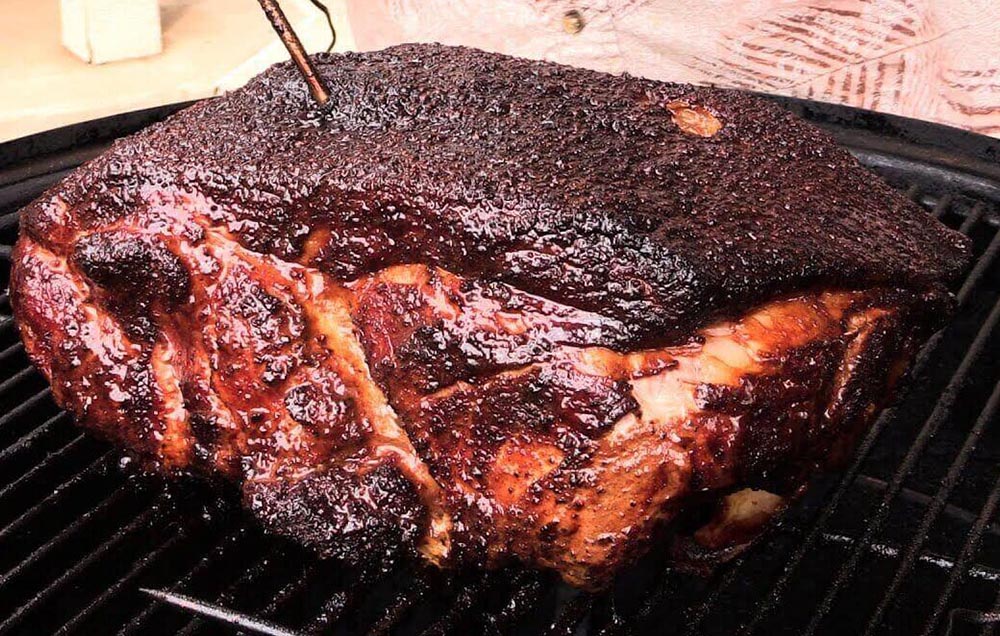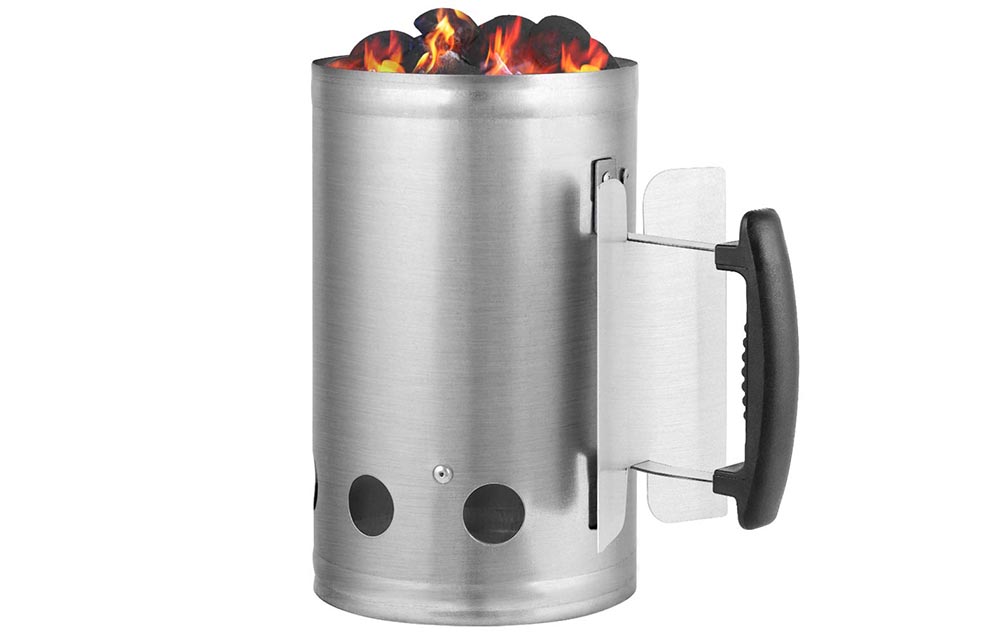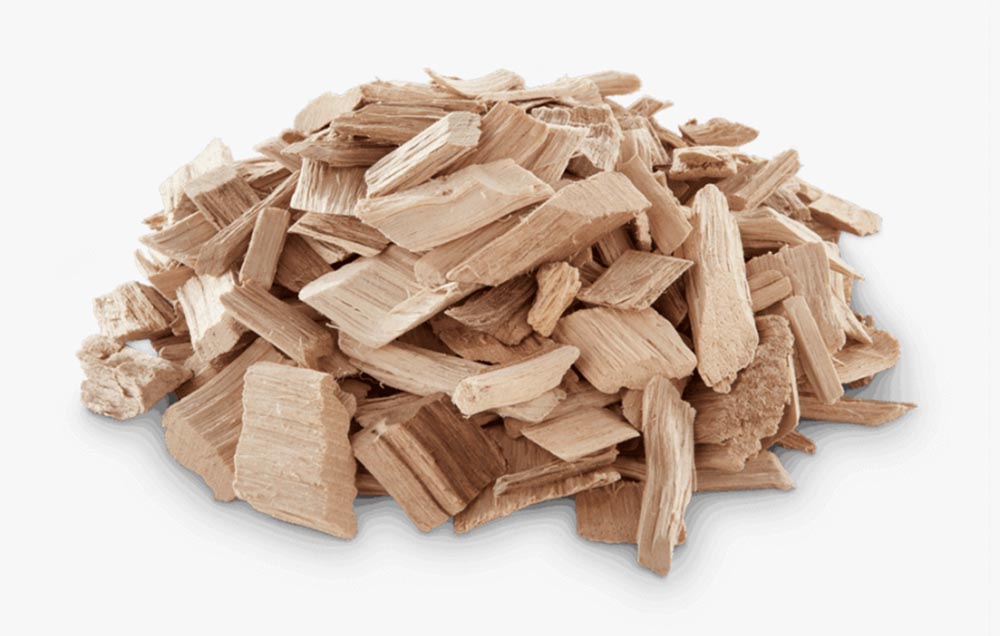The Low & Slow Barbecue Guide

There are good reasons why low and slow barbecue are becoming more and more popular. Given time and appropriate techniques, cheap and hard meat can be turned into tender, juicy, and delicious masterpieces.
Low and Slow barbecue originated in the United States, smoked meat can be stored for a longer period of time, which is essential for a few days before refrigeration. Smoked meat also has a unique taste. The meat will form a black coating called "bark", which is incredibly deep and delicious and highly regarded. The slow cooking process will also decompose the collagen in the meat, causing the meat to become loose and flaky.
A variety of smokers can be used, including electric, and there are technologies that use gas grilling as a smoker. In this article, we will use the original, tried, tested, and best low and slow fuel source, that is Charcoal, then paired with a traditional Kamado style grill. A common theme among all these smokers is to cook meat indirectly, rather than putting the meat directly on the heat source as in the case of grilling.
Smoking meat is a time-consuming process, and in some cases it may take a whole day or even into the evening, so planning ahead is essential. Make sure you have everything you need, because you need to be near the smoker at all times and any temperature rise needs to be dealt with immediately. High-quality "restaurant-grade" charcoal should be used exclusively. Cheaper and inferior charcoal is a false economy. If you choose to use it, you will be disappointed with the results. The lighter should also be natural, especially for kamado style grill with ceramic construction. The use of unnatural lighters due to the porosity of the ceramic may produce an unpleasant flavour. Chimney starters are indeed invaluable for home smokers. For recommendations on the types of lighters, you can click here for reference.

The meat you choose for smoking should be traditionally hard cuts such as beef brisket or pork shoulder and any loose pieces of meat should be trimmed from the joints as they may burn or at least end up being overcooked . The meat should be dry, and then you can coat the meat with olive oil, but this is optional. I prefer to do this because it allows the friction to stick to the meat better. Rubs is an in-depth topic on which you can write a book. But in general, simple is often the best. Rubbed with high-quality sea salt and black pepper, you can already get the original delicious and juicy smoked meat. If your meat is of good quality, then this is what you need. The meat should be coated with a lot of abrasive and set aside.
You can use wood chunks or chips to smoke. If you use wood chips or small wood chips, soak them in a bowl of cold water for an hour before cooking so that they will smoke longer without burning as hot. There are many types of smoked wood to choose from, each with different characteristics. Experiment and find out what kind of meat you like and research the wood you plan to use, because some make the meat unpalatable! Advice on the use of different kinds of smoking wood, You can refer to previous articles.

Low and slow barbecue is to set the grill to indirect cooking. If you are using a kamado grill, place the charcoal in the fire box and place a deflector on the oval kamado grill. The metal kettle grill is not as good as a ceramic kamado grill, so you will use more fuel and may need to add oil at some point during the cooking process. One way to extend this time is to spread a layer of unlit charcoal and then pour the lit charcoal from the chimney starter on top of the unlit fuel. Place the grill in an appropriate position, then close the lid and set the vent to just open so that the temperature reaches 225-250F. Be very careful not to let the temperature exceed it, because it is difficult to come down again. Metal grills are more difficult to control than ceramics, because the latter has good insulation properties, but metal can still be used to obtain good results. This is just a more complicated process, and a lot of small adjustments to air control during use It's not uncommon. One thing you should know is that the most important thing for good low temperature and slow cooking is consistent temperature. The better you control, the better the meat.

Once the temperature stabilizes, then open the grill, place a large piece or handful of wood chips on the ignited charcoal, place the meat on the side away from the heat source, and close the lid as soon as possible. Keep the grill open to the absolute minimum to maintain a stable temperature. Every time you turn on the grill, make sure you plan what you want to do and make sure you have everything you need. It is not good to open the grill and find that you have forgotten what you need and have to open it again.
How long it takes to bacon depends on how the meat is cut and your temperature control ability. The internal thermometer is a worthy investment project, it can shorten the time you need to close the lid and sound an alarm when the correct internal temperature is reached.
Most people like to wipe the meat with some kind of liquid to add flavor and moisture. This should be done every hour. A mop can be as simple as water, but if you want to give more flavor, then you can make a simple and delicious mop consisting of apple cider vinegar, beer, salt, pepper and brown sugar. Brown sugar caramelizes and helps to form amazing bark. Of course, there are hundreds or even thousands of different friction and mop recipes available, as well as the possibility of making your own, so please try and find out what you like. This will vary depending on the type of meat or even cuts.
One thing that is optional (and in some cases can also save overcooked dried meat) is the so-called "Texas Crutch." This means removing the meat at the end of cooking and wrapping it in foil including some mops for the last hour. Some people swear by this method, some will not accept it. Try and see what works for you.
Once the meat has reached temperature, remove it from the grill and set aside, either wrapped in foil or covered with foil. Some people prefer the latter because they claim that it can better preserve the bark. The chunks should rest for an hour to allow the meat to settle and distribute the juice evenly. Once rested, cut or pull apart and enjoy.
Smoking meat is a learning curve that takes years to fully grasp, but I believe you will find it worthwhile in return.

